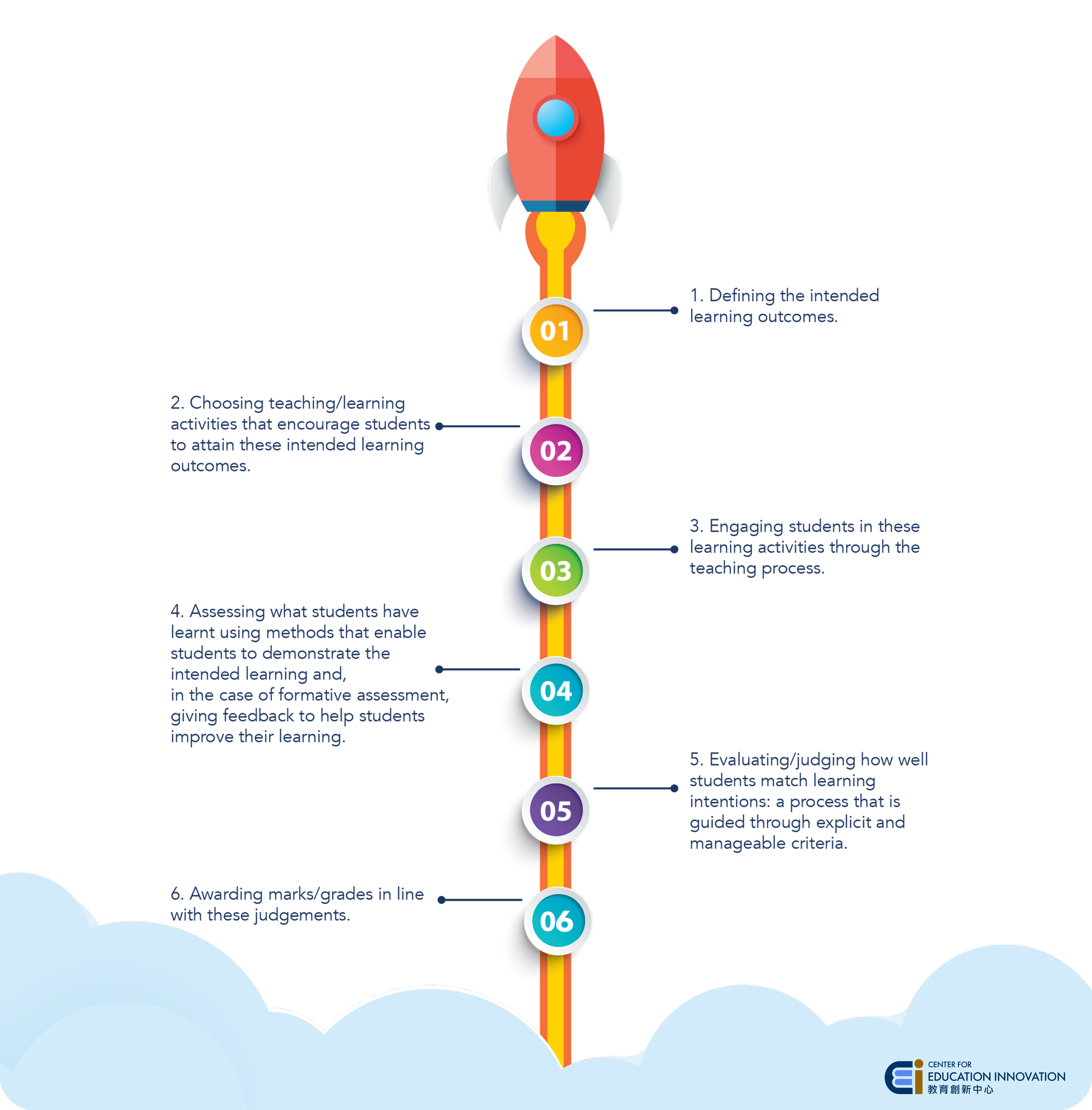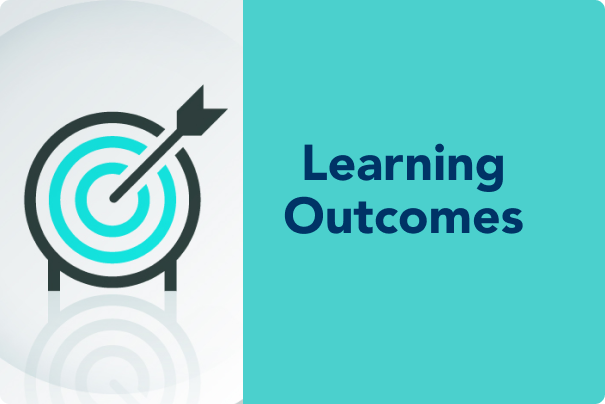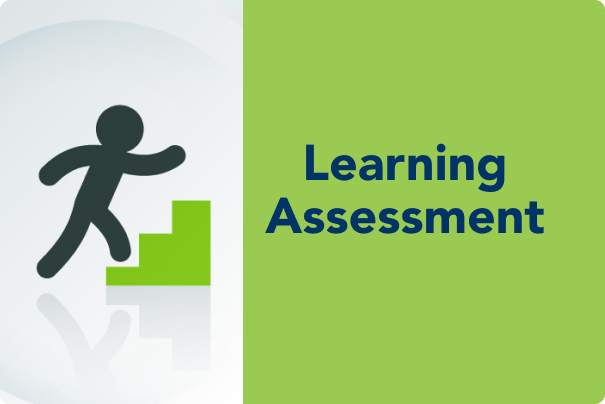
Learner-centered Course Design
Learner-centered Course Design
What is learner-centered course design?
The term learner-centered is akin to the “user-centered” focus of a product. If your lesson is designed in a learner-centered way, it means that more attention is given to the needs, interests, and skills of your learners. One good principle that HKUST follows in delivering a learner-centered classroom is called Outcome Based Education (OBE). This means that when you design your teaching, you should consider “what is learned” rather than “what is taught”, and the learner should be placed at the center of the instructional design.
For any form of teaching, there are three essential questions to ask:
- What do you want students to learn, and why? This helps to identify the intended learning outcomes of the learning.
- How can you know if students have learned what we want them to learn? This refers to the assessment tasks that can effectively measure whether the expected outcomes have been achieved.
- How can you organise the learning experiences to help students to attain what we want students to learn? This looks into the appropriate teaching strategies in order to achieve the intended learning outcomes.
So under the OBE framework, it is essential to start with a clear picture of what is important for students to be able to do or perform at the end of the learning. then organizing the curriculum, instruction and assessment to make sure this learning ultimately happens.
- HKUST eLearning Strategy
- Our Strategic Alliances
- The Academy of Education Excellence (AEE) The Academy of Education Excellence (AEE)
- Generative AI & Education Generative AI & Education
- eLearning Workshops
- Augmented and Virtual Reality
- New Faculty Orientation
- Blended Learning & MOOC Blended Learning & MOOC
- Blended Learning Blended Learning
- University Teaching & Learning Program
- Experiential Learning
- Graduate Teaching Assistant Program Graduate Teaching Assistant Program
- Teaching and Learning Innovative Projects Teaching and Learning Innovative Projects
- Education and Generative AI Fund Education and Generative AI Fund
- Gamification & Game-based Learning
- Teaching and Learning Symposium
- MOOC MOOC
- Seminars & Workshops
- UGC's Strategic Grants
- Learner-centered Course Design Learner-centered Course Design
- Online Teaching - Real-time Online
- Online Teaching - Mixed Mode Teaching
- People
- News
- Contact Us
- Institutional Learning Technologies
- Active Learning Tools and Proposed Usage
Model of OBE & its features
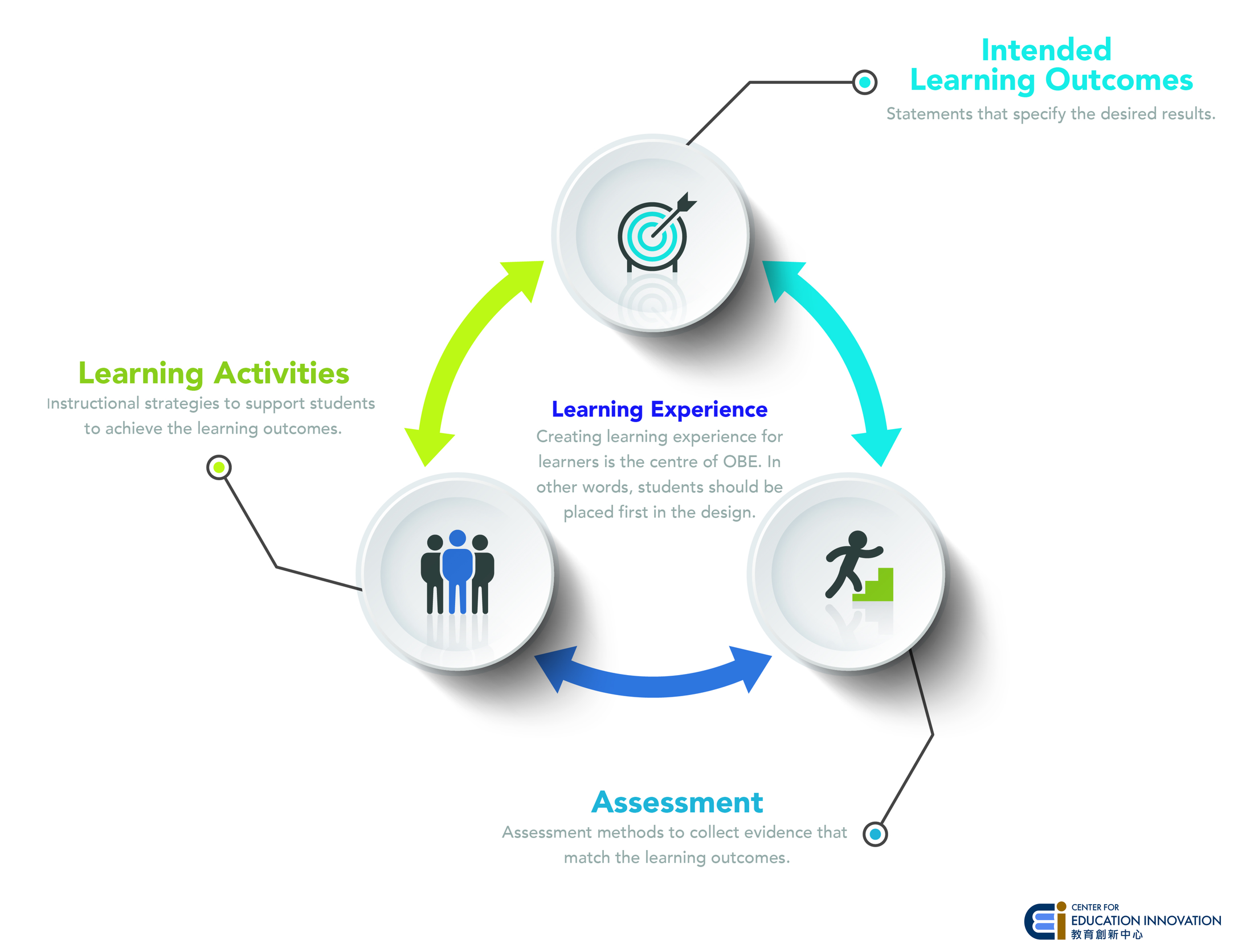
Backward design
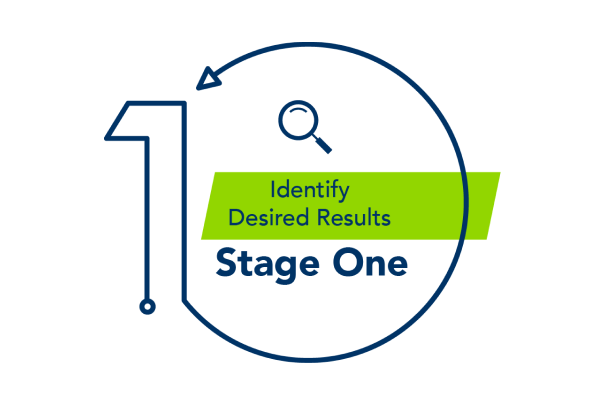
Before you design any teaching activities or assessment tasks, identify what students should know and be able to do by the end of the learning cycle. What knowledge and skills should they master? What facts, concepts, and principles should they know? What processes, strategies, and methods should they learn to use? What are the big ideas and important understandings they should retain?
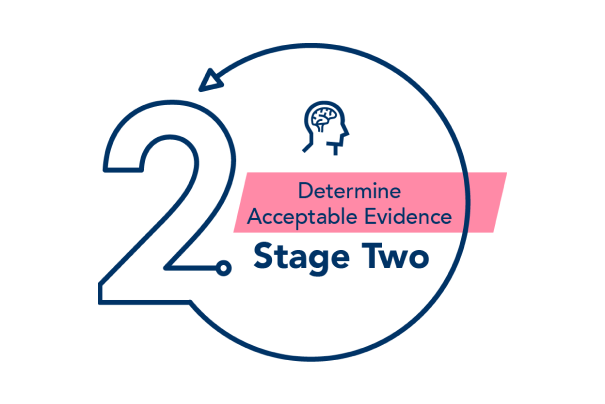
In the second stage of Backward Design, you need to determine the acceptable evidence that shows students are making progress toward the desired results, and to consider a range of assessment methods for collecting the evidence.
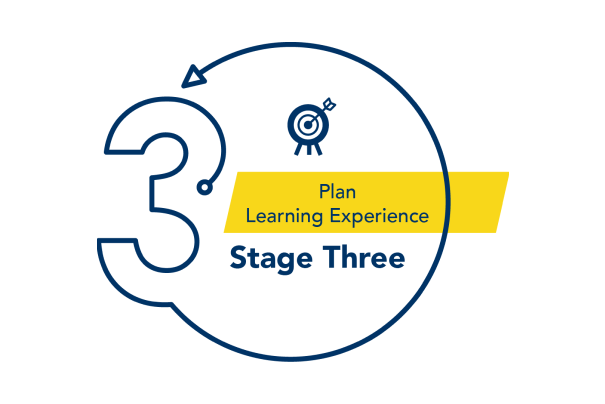
Finally, determine the lessons and activities that need to be taught that will provide students with the needed knowledge and skills. The focus is more on instructional strategies and activities that are effective for teaching the content.
Constructive Alignment
Underlying the outcomes approach is a useful theory of learning known as constructive alignment (Biggs 1999). There are two parts in constructive alignment, which start with
- Constructive: what students do to construct meaning from what they learn, and
- Alignment: what teachers do to create a learning environment to align the teaching methods, the learning activities provided and the assessment tasks set with the intended outcomes.
